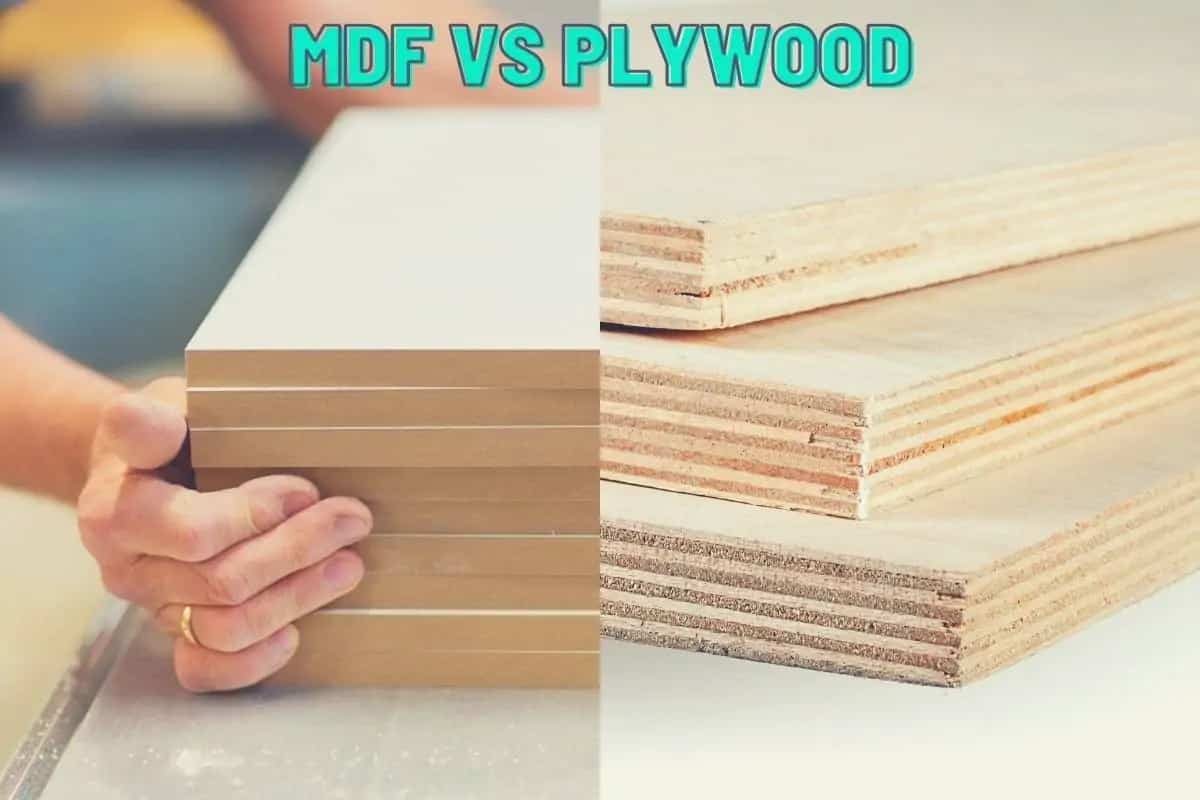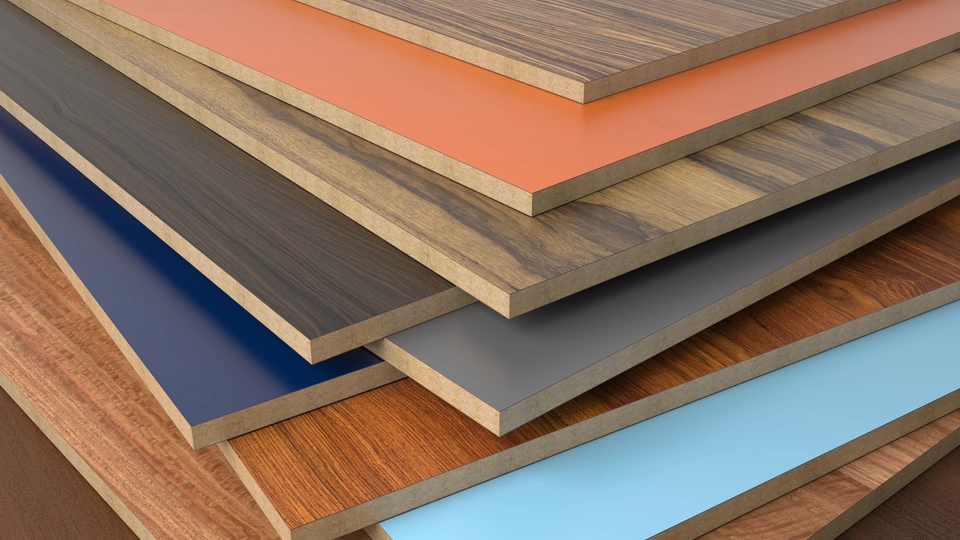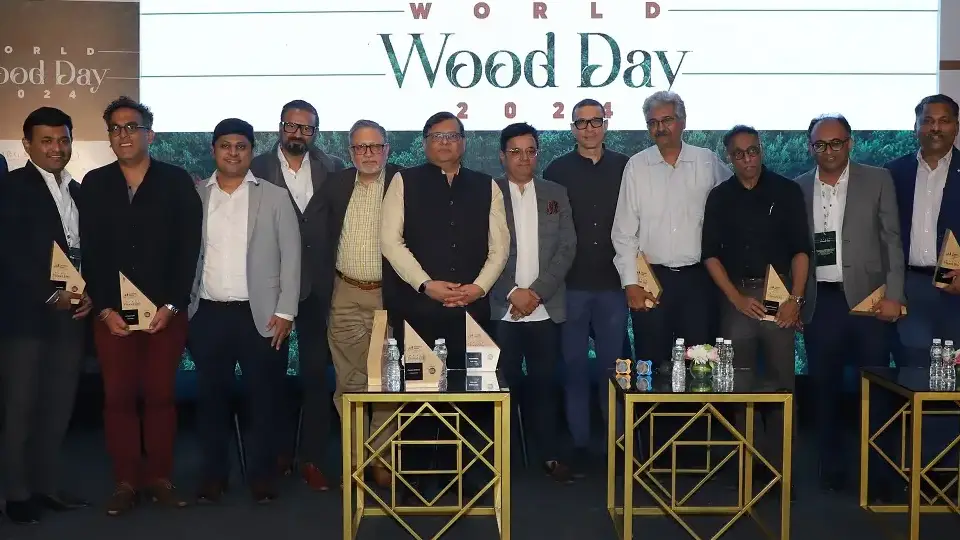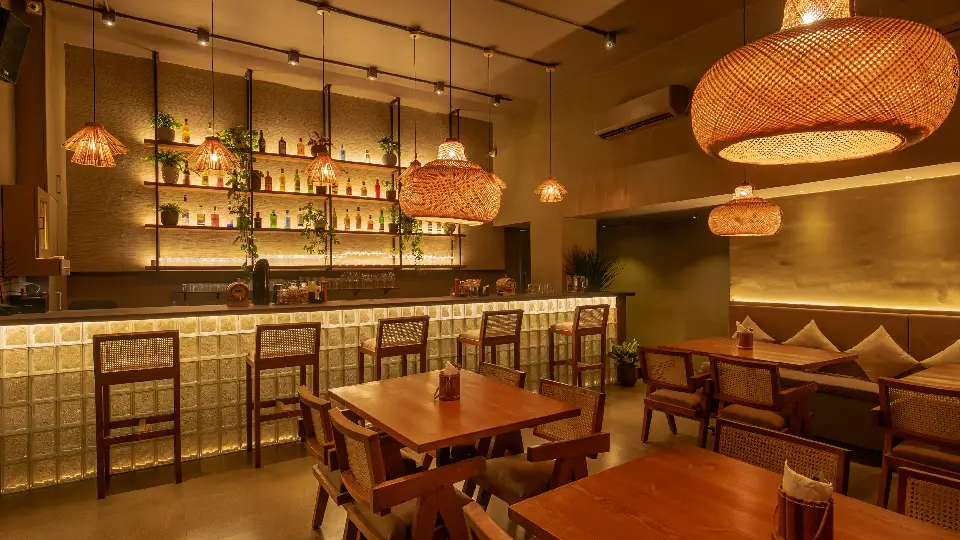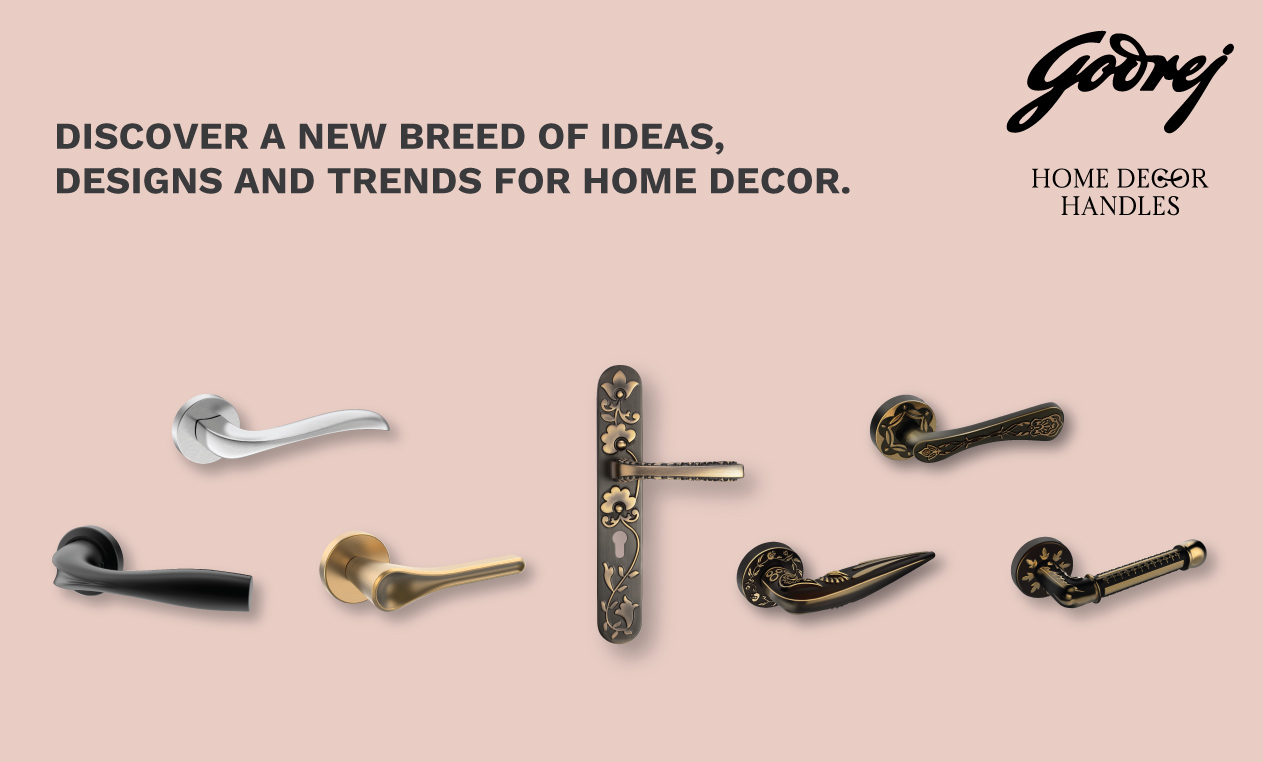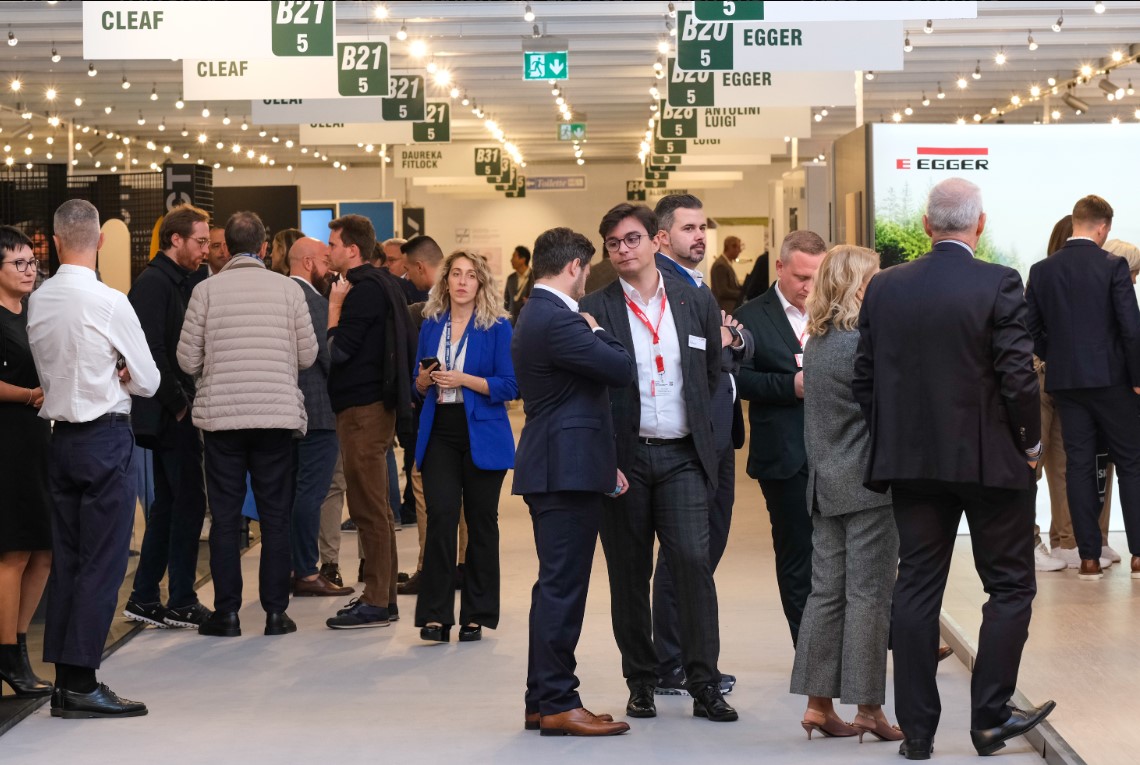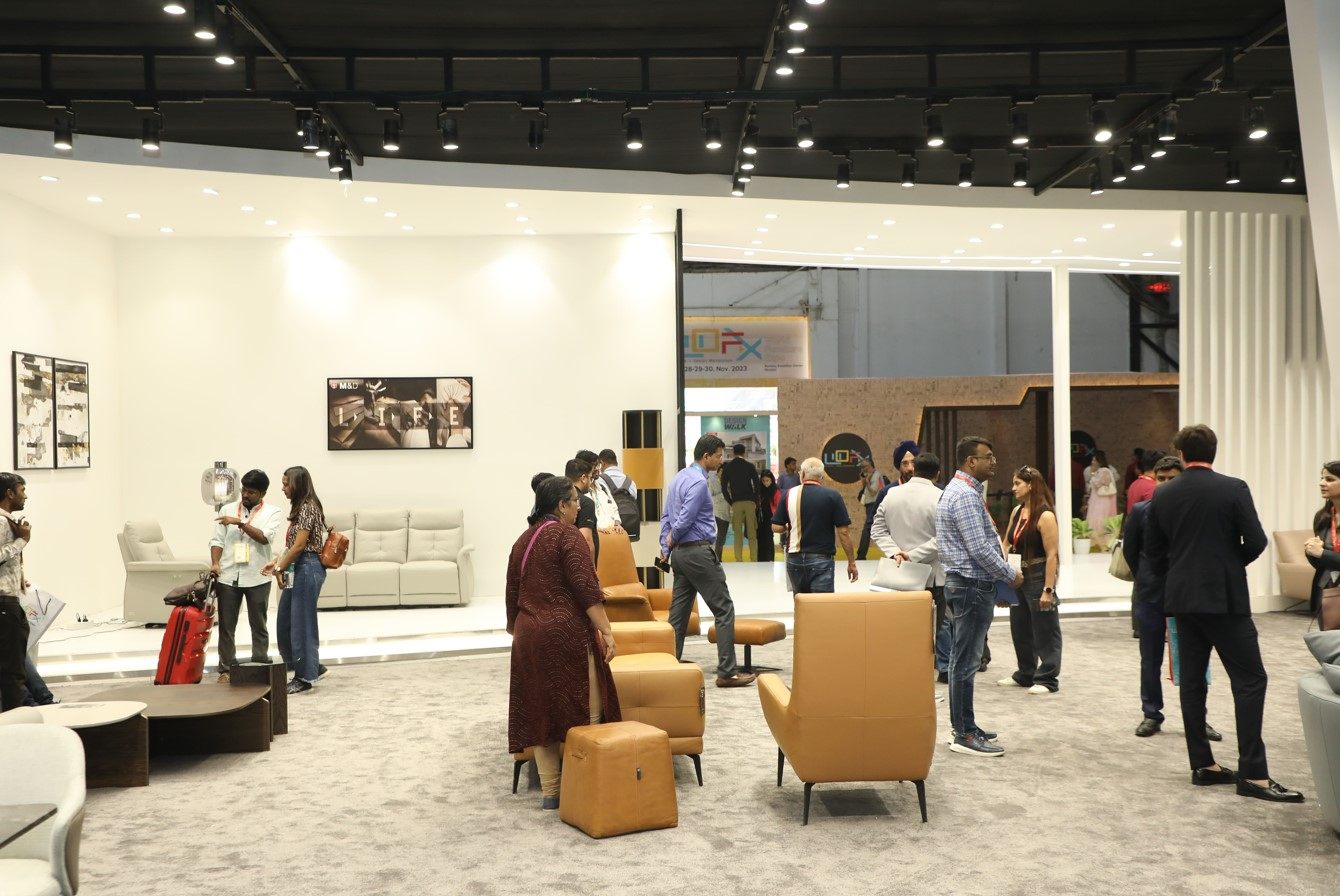Both MDF (Medium Density Fibreboard) and Plywood find their usage in home interiors and exteriors. Typical usage of these boards is in making kitchen cabinets, furniture, flooring, etc. However, the most important question is which one is better. Well, the answer depends on your requirement. Read along to learn more about MDF vs Plywood and their uses in cabinets, beds, wardrobes, etc with price.
MDF
MDF is an engineered material made by breaking down hardwood or softwood residuals into fine particles, combining it with wax and a resin binder, and applying high temperature and pressure. Check out if MDF is better vs Plywood for cabinets, beds, wardrobes, etc. and its price.
Advantages of MDF
- MDF is generally cheaper than plywood.
- The surface of MDF is very smooth which makes it a great surface for painting.
- MDF is very consistent throughout, so the edges appear smooth and won’t have voids or splinters.
- Because of the smooth edges, you can use a router to create decorative edges. So, in this case, if we talk about MDF vs Plywood, MDF outperforms the latter.
- The consistency and smoothness of MDF allow for the easy cutting of detailed designs
Disadvantages of MDF
- MDF soaks up water and other liquids like a sponge and swells.
- Because it consists of such fine particles, MDF doesn’t hold screws very well.
- MDF is extremely dense and heavy which makes it more difficult to work with.
- MDF can’t be stained. It soaks up stains like a sponge.
- MDF contains VOCs (eg. urea-formaldehyde) so care needs to be taken while cutting and sanding to avoid inhalation of the particles.
Plywood
Plywood is also an engineered wood product, made by pressing and binding sheets of wood veneer together into one solid piece. Find out if Plywood is better vs MDF here.
Advantages of Plywood
- Made from multiple layers of wood veneer, plywood is a very strong material to work with.
- It won’t soak up water and liquids as quickly or easily as MDF does so it’s less susceptible to water damage. Hence, plywood works better than MDF in water if we talk about MDF vs Plywood water performance.
- Because it carries a grain, plywood is stainable. Which makes it perfect for kitchen cabinets, table tops, and other projects where you want a large stained wood surface.
- It holds screws very tightly since the varying grains of wood on each layer give the screws something to hold onto.
Disadvantages of Plywood
- Plywood is more expensive than MDF.
- Because of the layers that show on the edge, plywood needs finishing with iron-on edge banding, pieces of timber, or decorative mouldings.
- It’s harder to get a perfectly smooth cut with plywood than it is with MDF.
- It’s more difficult to cut detailed designs into plywood (scrolled, scalloped, etc.) because the edges will splinter and the edges that show layers may have voids in some places.
MDF vs Plywood price
MDF and Plywood come in different price ranges from the top brands. Click here to find out the price-
|
MDF: The price range of MDF varies from Rs 40 per square foot to Rs 120 per square foot. Read here for the complete range- Plywood: The price range of Plywood varies from Rs 37 per square foot to Rs 150 per square foot. Read here for the complete range- |
Which is better- MDF vs Plywood?
Image Source: Vinawood
MDF doesn’t handle moisture very well, so, it is more suited for indoor use such as in furniture. Also due to its non-directional grain structure, MDF is ideal for cutting, machining, and drilling without splinters or chipping. The smooth surface makes it a good choice for simple interior design pieces that will be painted, cabinets, shelving, mouldings, etc.
Plywood is generally used for doors, stairs, flooring, and exterior projects. However, it also bends easily with grain, so it is often used to create curved surfaces. Moisture also affects the strength of plywood; exterior-glued plywood can be used outdoors, but it works best when the moisture content remains low.
Best plywood brands in India | Top ply companies/manufacturers in 2025
The entire building and construction industry revolves around plywood due to its durability, affordability, and reliability.









